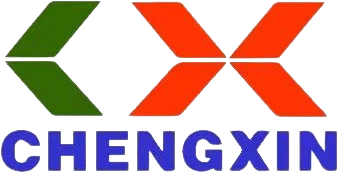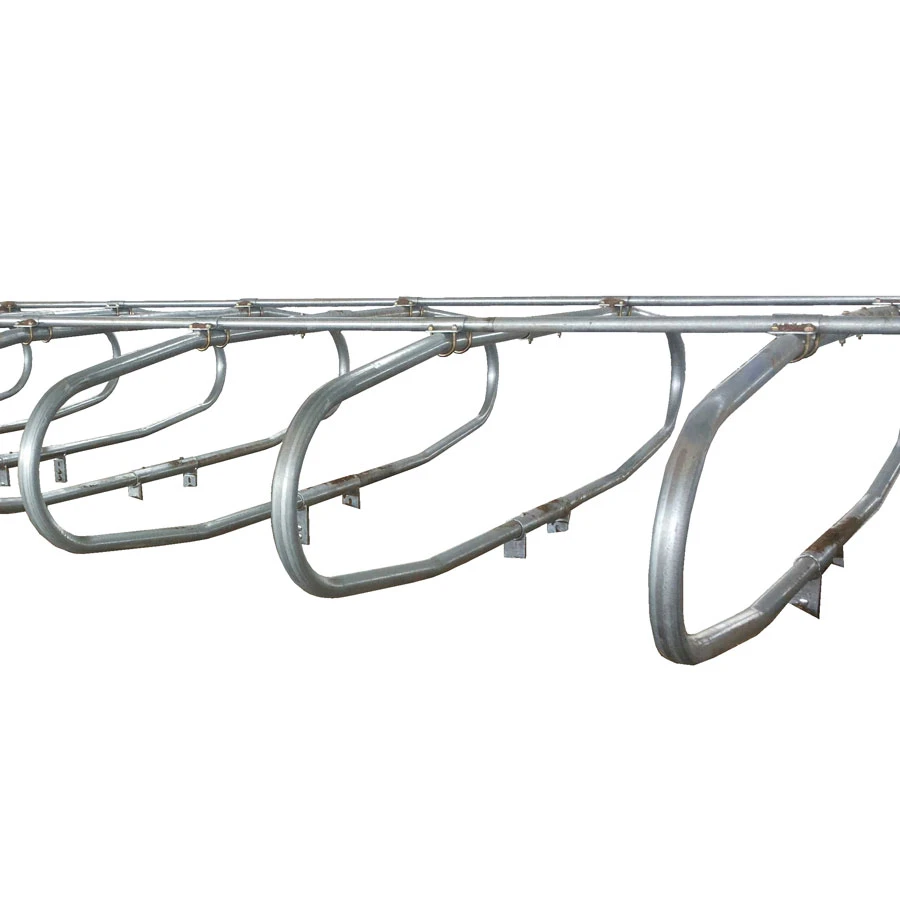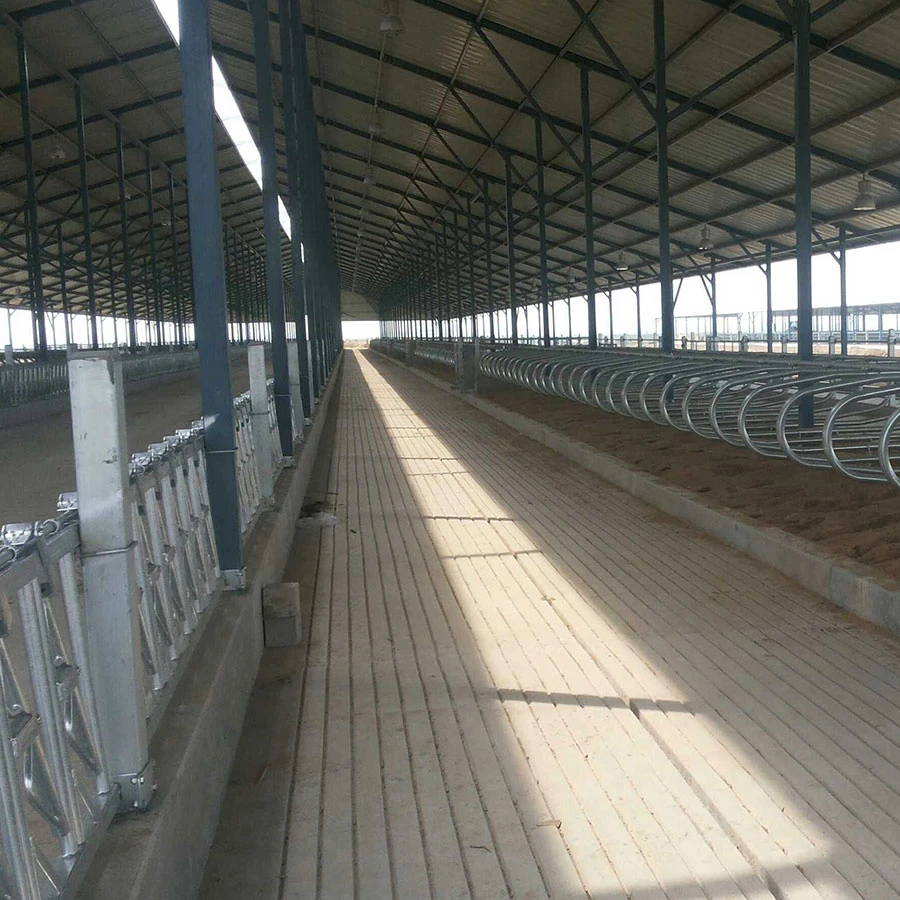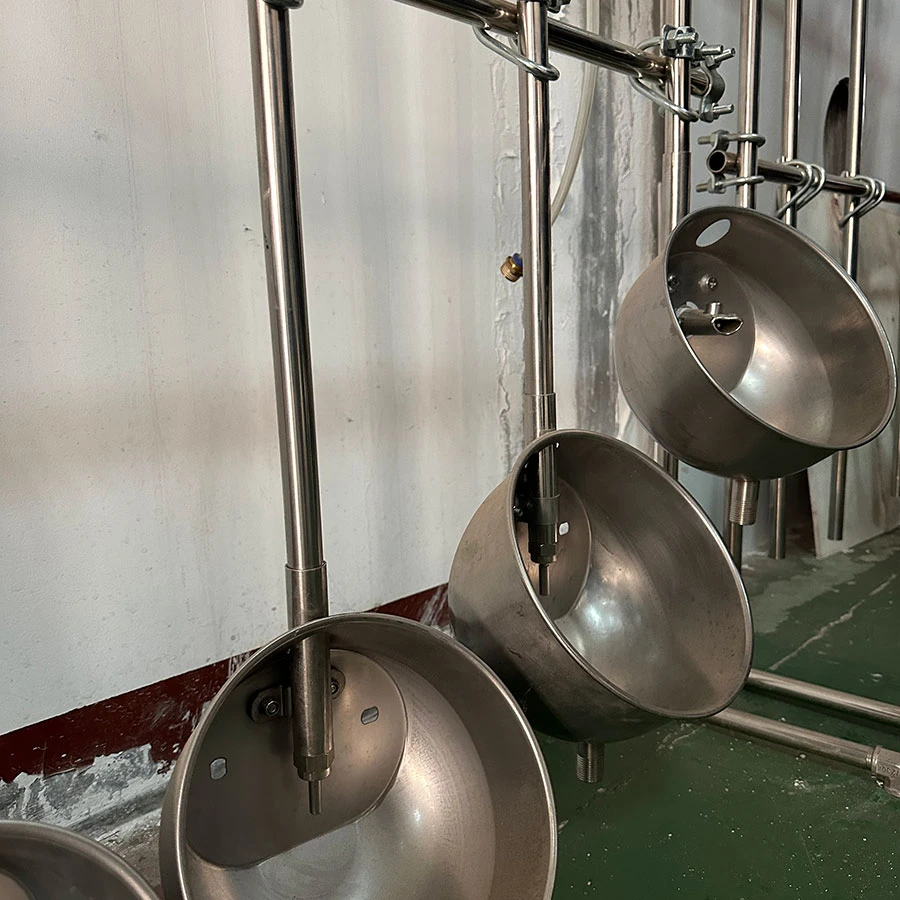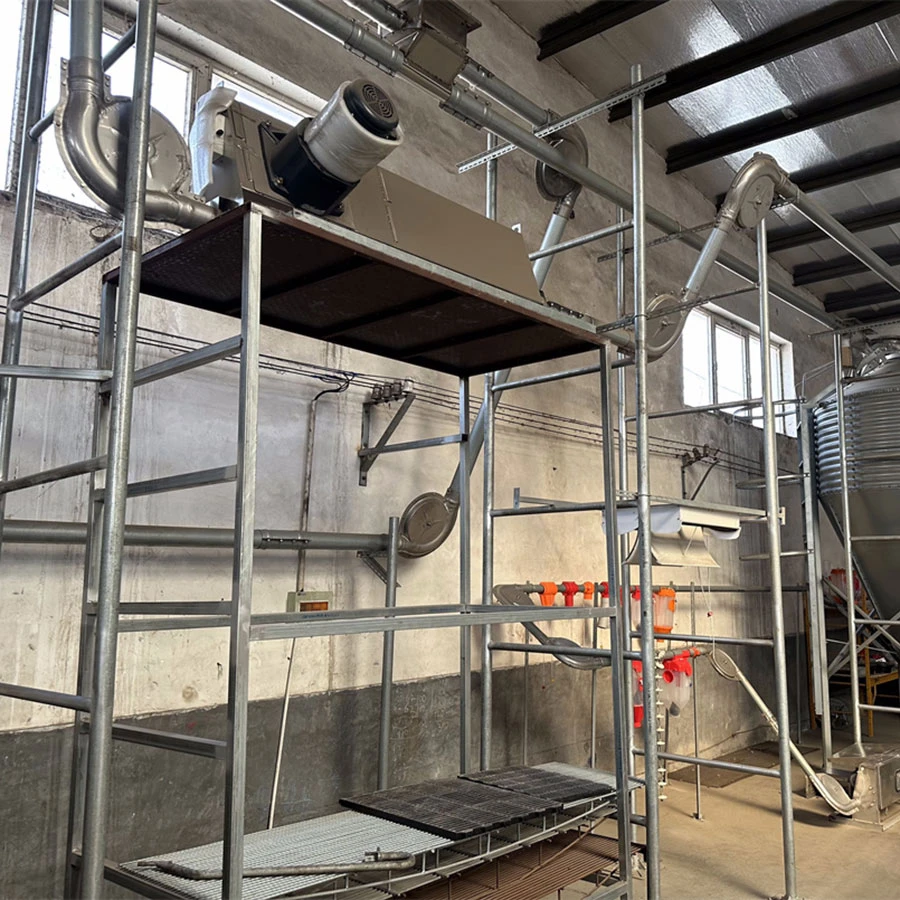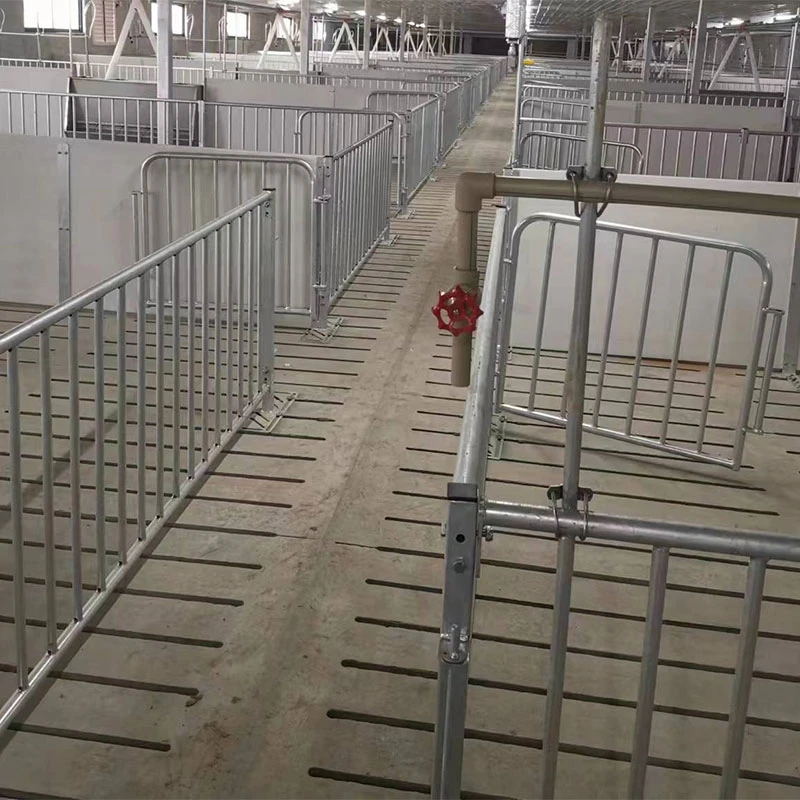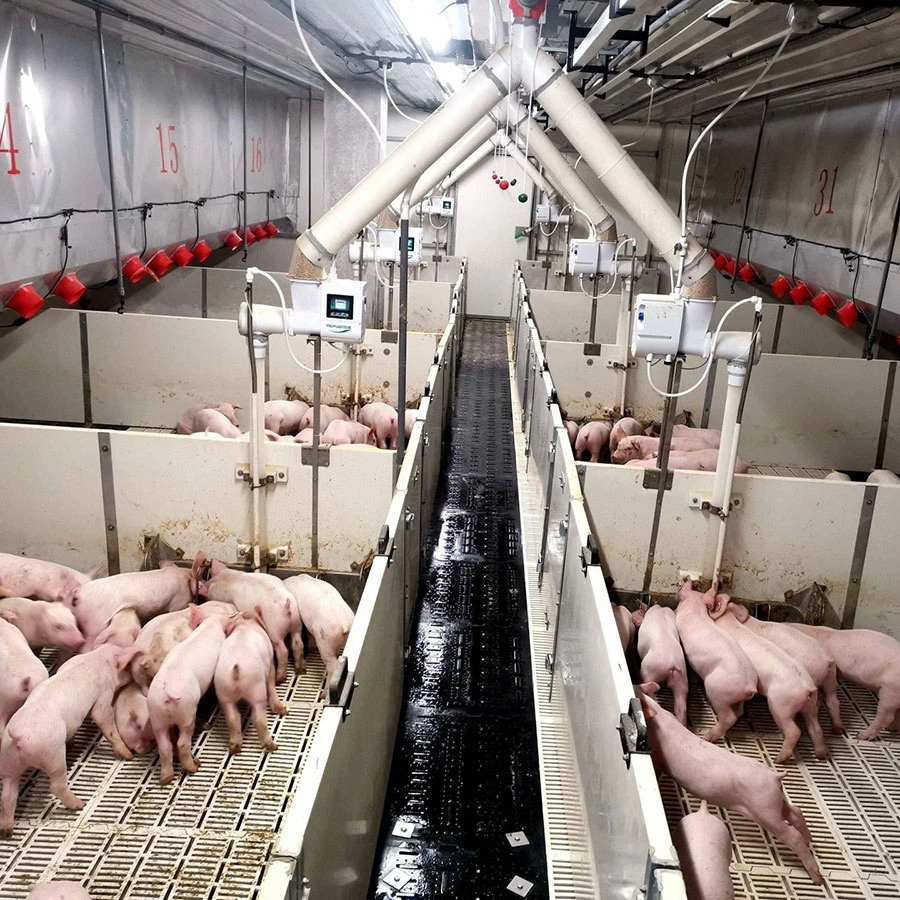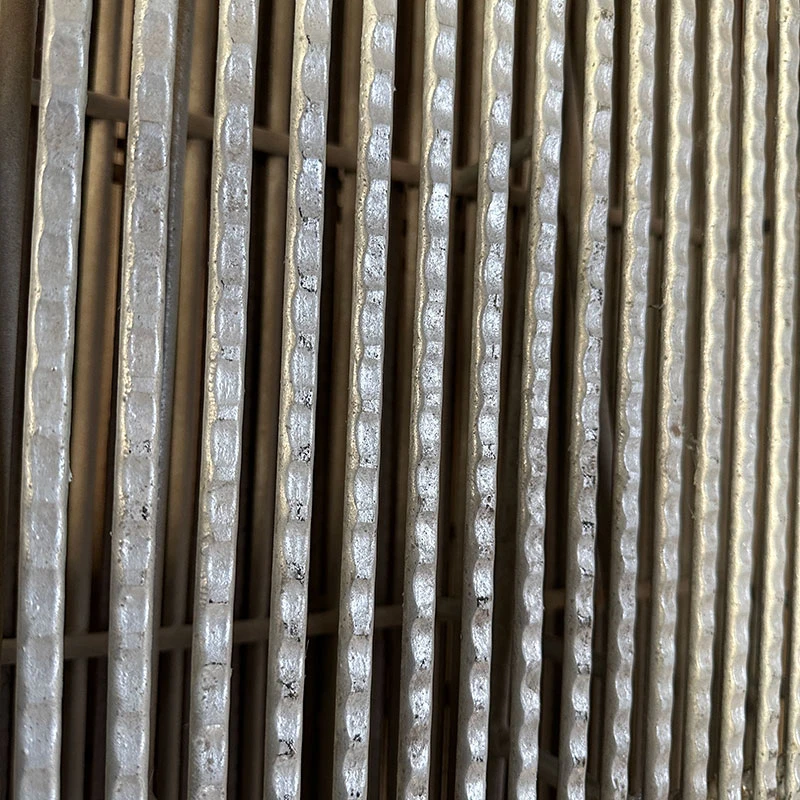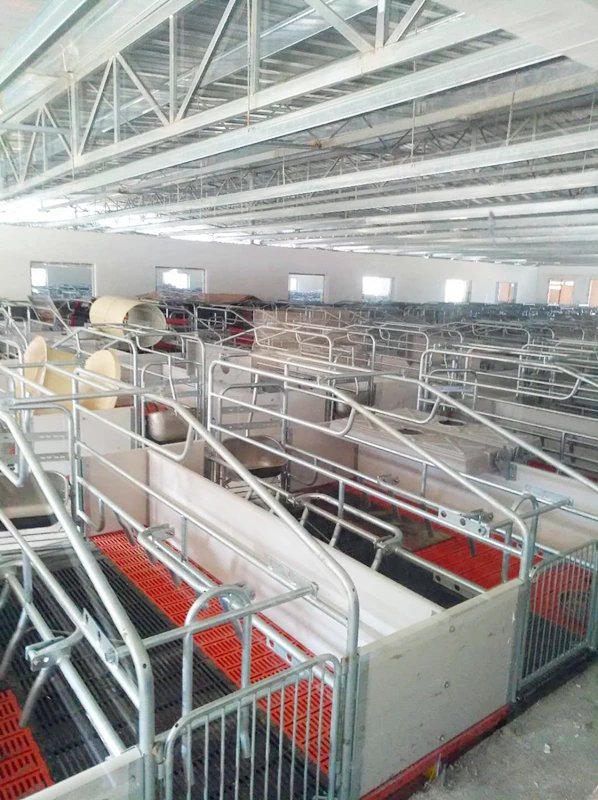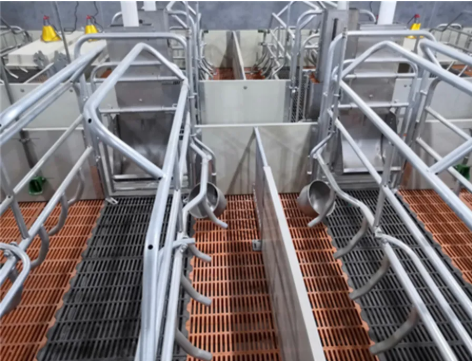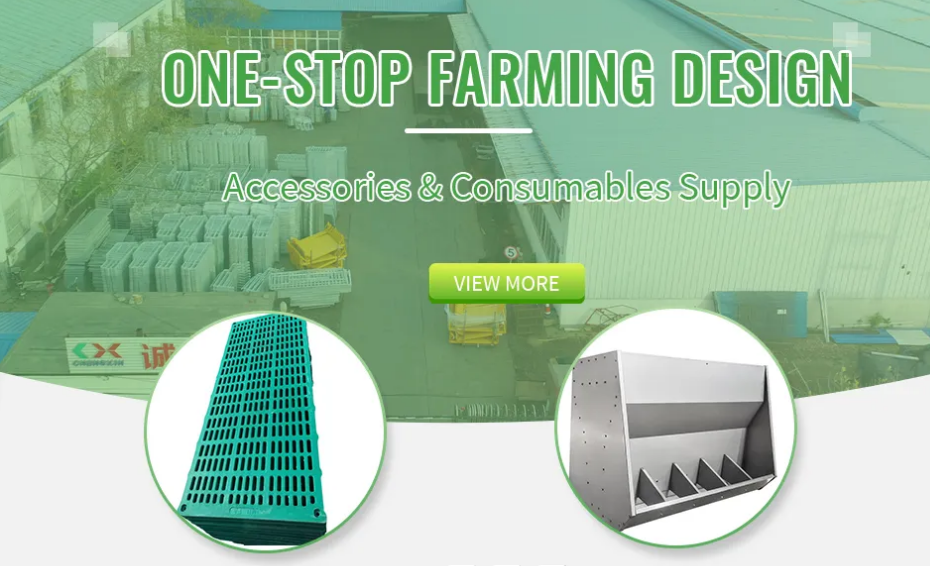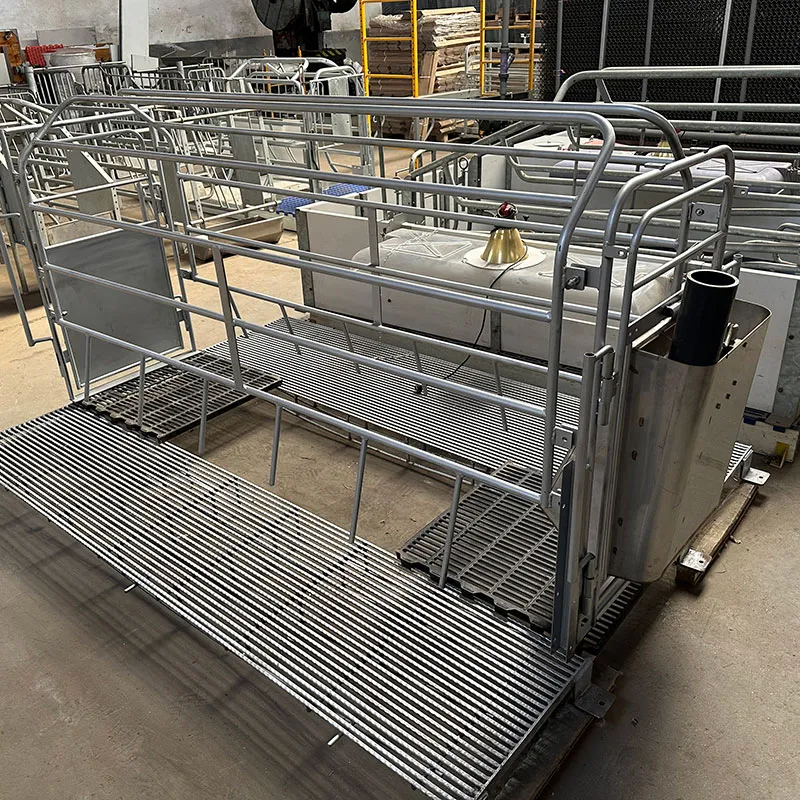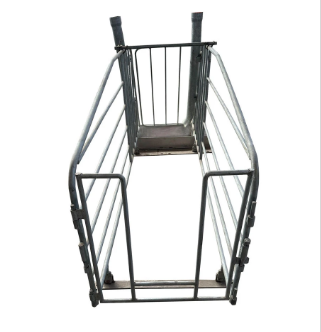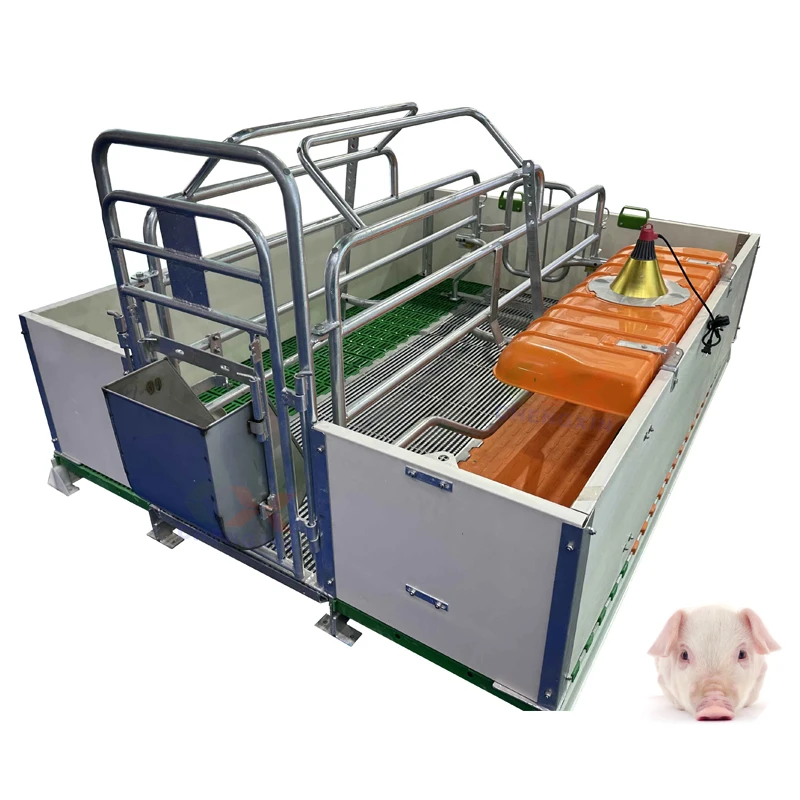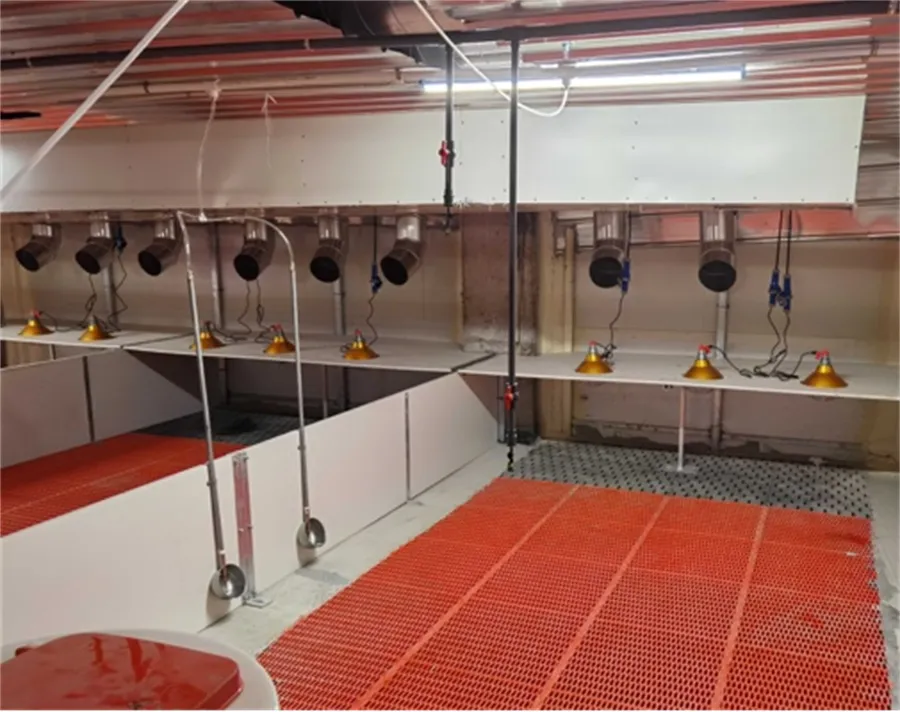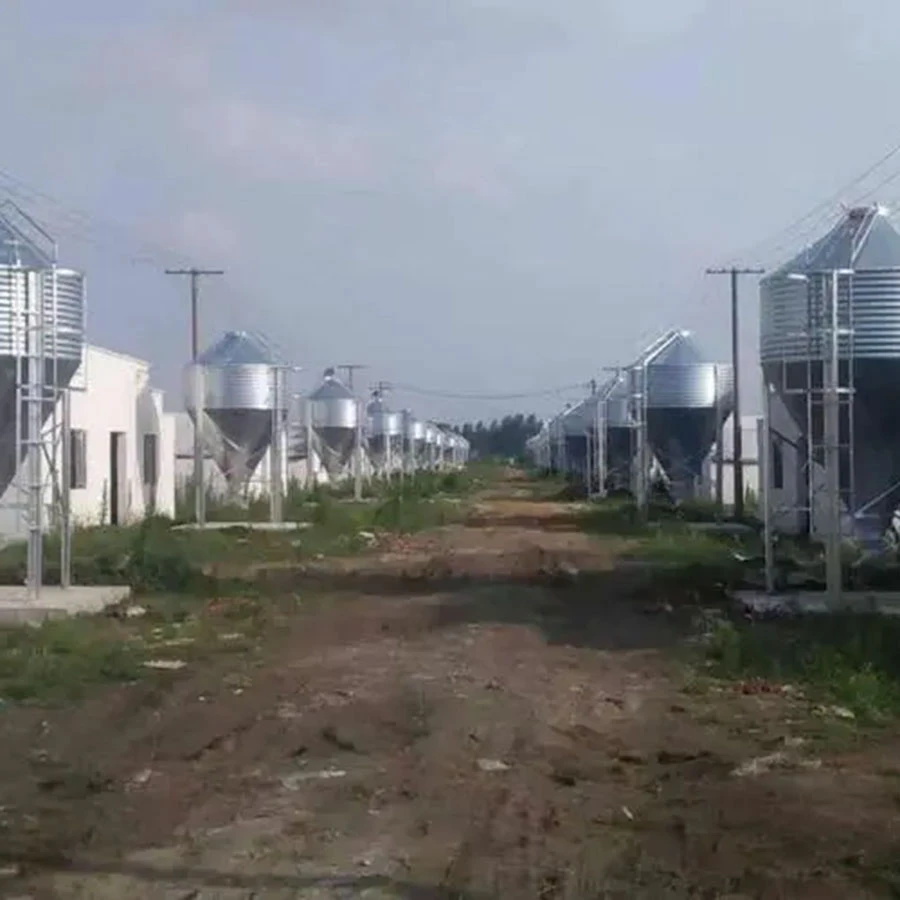The Evolution of Swine Nutrition: Unpacking Advanced Wet/Dry Feeding Systems
In the dynamic landscape of modern livestock management, precision nutrition stands as a cornerstone for optimizing animal welfare, growth rates, and economic viability. The global swine industry, in particular, has witnessed a transformative shift from traditional dry feeding methods to highly sophisticated automated systems, with wet dry feeders for pigs emerging as a pivotal innovation. These systems represent a significant leap forward, offering a synergistic blend of feed and water that closely mimics the natural foraging behavior of pigs, thereby promoting enhanced feed intake, improved feed conversion ratios (FCR), and superior overall health outcomes. Unlike conventional dry feeders that provide feed and water separately, wet/dry feeders integrate both components within a single dispensing unit, allowing pigs to consume a perfectly moistened feed mixture. This not only makes the feed more palatable but also facilitates easier digestion and nutrient absorption, critical factors in achieving rapid weight gain and reducing the incidence of digestive upsets. The underlying principle is to provide pigs with constant access to fresh feed and water in an optimized format, leading to significant reductions in feed waste and water spillage, which translates directly into cost savings for producers. Furthermore, the design of these feeders often incorporates robust, corrosion-resistant materials, ensuring longevity and hygiene, even in the demanding environments of modern hog operations. The rising global demand for pork, coupled with increasing environmental regulations and a continuous drive for operational efficiency, necessitates the adoption of such advanced feeding technologies. Farms are increasingly focused on minimizing their ecological footprint while maximizing productivity, making efficient resource utilization a top priority. The Pig Dry And Wet Feeder In Pig Farming Equipment, an exemplary model of this technology, addresses these complex challenges by offering a scalable, reliable, and performance-driven solution. Its intelligent design considers both the physiological needs of the animal and the operational demands of a commercial farm, contributing to a more sustainable and profitable future for swine producers worldwide. This comprehensive approach to feed and water delivery, integrated within a single unit, marks a departure from rudimentary feeding practices, aligning closely with the principles of precision agriculture and smart farming.
Technical Specifications and Material Science of Premium Pig Feeders
The performance of modern wet dry feeders for pigs is fundamentally dictated by their technical specifications and the material science employed in their construction. A deep understanding of these parameters is crucial for producers aiming to maximize efficiency and longevity. Typically, these feeders are engineered from high-grade stainless steel, predominantly AISI 304 or AISI 316L, due to their superior corrosion resistance, particularly against the acidic nature of some feeds and cleaning agents, and their inherent hygienic properties. AISI 304 stainless steel offers excellent resistance to a wide range of atmospheric environments and many corrosive media, making it suitable for general farm use, while AISI 316L, with its added molybdenum content, provides enhanced resistance to pitting and crevice corrosion, often preferred in more aggressive environments or for specific cleaning protocols. The thickness of the steel, commonly ranging from 1.5mm to 3.0mm, contributes significantly to the feeder's structural integrity and resistance to deformation under continuous use by growing pigs. Critical components such as the feed trough, water nipple, and dispensing mechanism are meticulously designed for durability and ease of cleaning. The water nipple, often made from 304 stainless steel, is precision-machined to ensure a consistent water flow rate (e.g., 0.5-1.5 liters per minute for nursery pigs, 1.5-3.0 liters per minute for grower-finisher pigs), minimizing waste while meeting the pigs' hydration needs. Feed capacity varies widely based on the model, ranging from 50 kg for nursery feeders to over 250 kg for large finishing feeders, accommodating different production phases and herd sizes. Dimensions are carefully calibrated to ensure optimal ergonomic access for pigs of varying weights, preventing overcrowding and promoting uniform feed intake. For instance, feeder spaces per pig typically range from 0.05 m to 0.1 m for weaners and 0.15 m to 0.2 m for finishing pigs. The feeder's base is often constructed from robust, impact-resistant engineering plastics like PVC or high-density polyethylene (HDPE) for added corrosion resistance and sound dampening, especially around the feed pan area. The precise engineering of the feed flow adjustment mechanism, often a simple yet robust slide or gate system, allows producers to fine-tune feed delivery, optimizing feed utilization and preventing spoilage. For example, a common setting aims for a 25-35% coverage of the trough with feed, allowing pigs to easily access feed without excessive accumulation. All these specifications underscore the commitment to delivering a product that not only performs reliably but also withstands the rigorous demands of continuous operation in a livestock environment. The Pig Dry And Wet Feeder In Pig Farming Equipment exemplifies these high standards, offering a durable and efficient solution for modern swine operations.
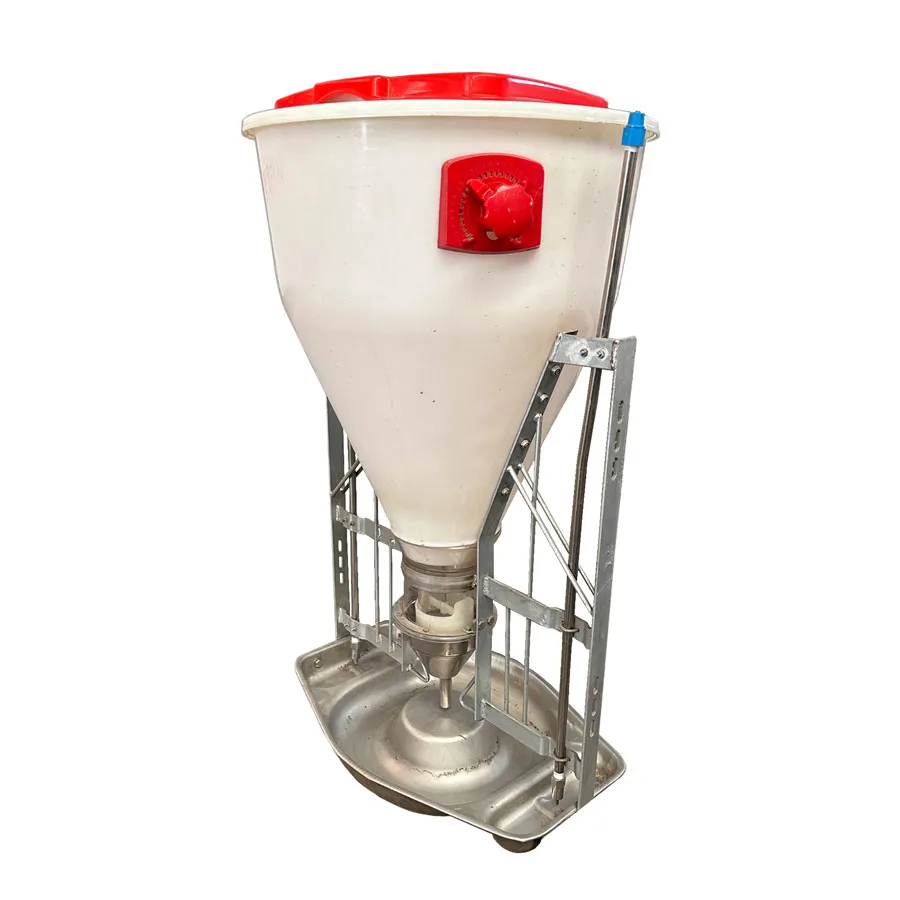
Typical Product Specifications Table for Wet/Dry Feeders
| Parameter | Specification Range | Notes |
|---|---|---|
| Material (Hopper & Trough) | AISI 304/316L Stainless Steel | Corrosion-resistant, hygienic, durable. |
| Material (Base/Pan) | Reinforced PVC / HDPE | Impact-resistant, chemical resistant. |
| Steel Thickness | 1.5mm - 3.0mm | Ensures structural integrity. |
| Feed Capacity | 50 kg - 250+ kg | Varies by model and target pig weight. |
| Number of Feeding Spaces | 1-10+ per feeder | Designed for various group sizes. |
| Water Flow Rate (Nipple) | 0.5 - 3.0 L/min (adjustable) | Optimized for hydration and waste reduction. |
| Service Life | 15+ years | With proper maintenance. |
| Adjustability | Feed flow, water ratio | For different feed types and pig ages. |
| Cleaning Mechanism | Easy access, smooth surfaces | Reduces bacterial buildup. |
Precision Manufacturing and Stringent Quality Control for Swine Feeding Equipment
The manufacturing process of high-performance wet dry feeders for pigs is a testament to precision engineering and rigorous quality control, ensuring each unit meets the exacting demands of modern pig farming. The journey begins with the meticulous selection of raw materials, primarily high-grade stainless steel sheets and structural components. Our commitment to quality dictates the use of certified materials, often sourced from suppliers compliant with international standards such as ASTM or EN, guaranteeing purity and consistent mechanical properties. The fabrication process commences with automated laser cutting or plasma cutting, providing precise dimensions and clean edges for all steel components, minimizing material waste and ensuring accuracy for subsequent stages. This is followed by CNC (Computer Numerical Control) bending and forming, where sophisticated machinery shapes the flat sheets into complex geometries for the hopper, trough, and structural supports with micron-level precision. Unlike traditional manual bending, CNC ensures uniformity across batches and eliminates human error, critical for the seamless assembly that follows. Welding, a crucial stage, employs advanced techniques such as TIG (Tungsten Inert Gas) or MIG (Metal Inert Gas) welding, predominantly performed by robotic welders or highly skilled certified technicians. These methods create strong, durable, and smooth seams that are free from crevices, which could otherwise harbor bacteria or corrosive agents. Post-welding, surfaces undergo meticulous finishing processes, including grinding, polishing, and passivation. Passivation, a chemical treatment, removes free iron from the surface of the stainless steel, enhancing its natural corrosion resistance and extending its operational lifespan, particularly important in environments exposed to moisture and organic acids. For non-metallic components, such as the PVC or HDPE bases and water delivery parts, injection molding and extrusion processes are employed, ensuring dimensional stability and material integrity. Throughout the entire manufacturing cycle, stringent quality inspection protocols are implemented. This includes visual inspections for surface finish and weld integrity, dimensional checks using calibrated instruments, and functional testing of the feed dispensing and water delivery mechanisms. Our adherence to international quality management systems, such as ISO 9001:2015, ensures that every stage, from raw material procurement to final packaging, is subjected to documented procedures and continuous improvement. Furthermore, critical components like water nipples are subjected to pressure testing and flow rate verification to guarantee consistent performance. The final assembly involves integrating all components, followed by comprehensive operational testing under simulated farm conditions to verify feed flow, water interaction, and overall structural stability. This exhaustive process ensures that each feeder not only meets but exceeds industry benchmarks for durability, hygiene, and performance, delivering exceptional value and reliability to our clients.
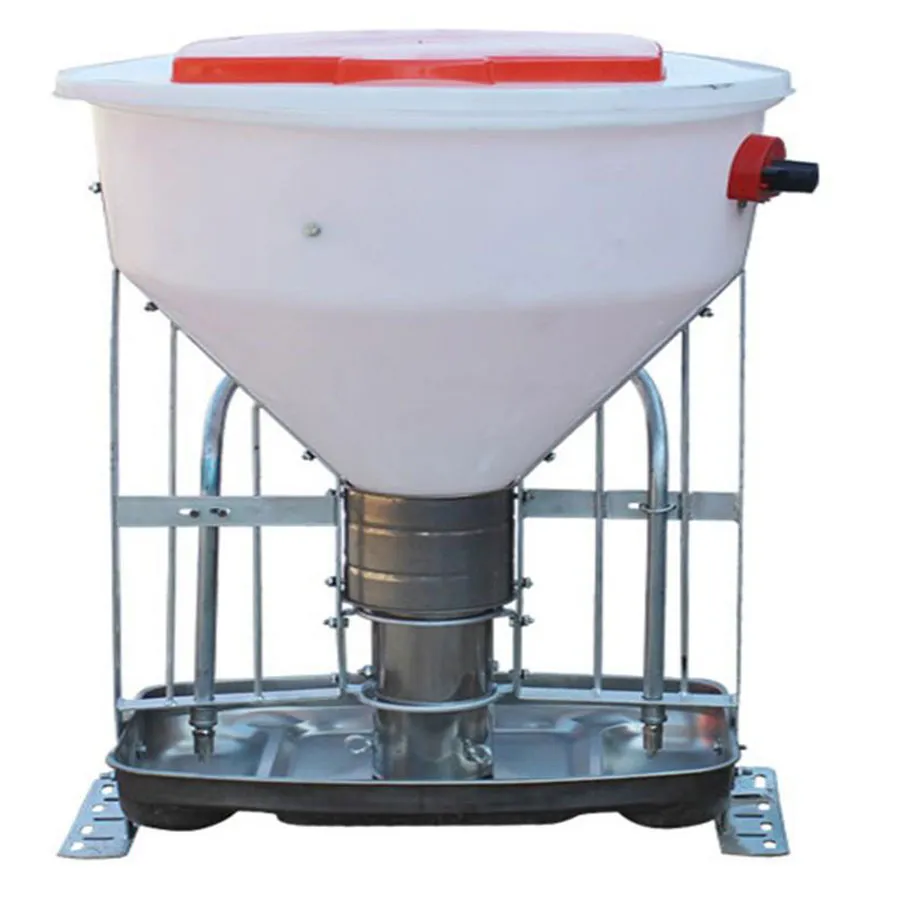
Manufacturing Process Outline for Pig Feeders
- Raw Material Procurement: Sourcing certified AISI 304/316L stainless steel, PVC/HDPE, and ancillary components from ISO-certified suppliers.
- Precision Cutting: Laser or plasma cutting for accurate component shapes.
- CNC Bending & Forming: Automated shaping of metal sheets into feeder components.
- Advanced Welding: TIG/MIG welding for strong, crevice-free joints.
- Surface Treatment: Grinding, polishing, and chemical passivation for enhanced corrosion resistance and hygiene.
- Component Molding: Injection molding/extrusion for plastic parts.
- Assembly: Integration of all mechanical and water delivery components.
- Quality Control & Testing: Dimensional checks, weld integrity tests, water flow tests, feed dispensing tests, and overall functional performance under simulated load.
- Packaging: Secure packaging for safe transit, often using custom-fit crates to prevent damage.
Strategic Application and Tangible Benefits in Modern Swine Production
The strategic deployment of wet dry feeders for pigs is a cornerstone of efficient and humane swine production across various stages and farm types. These feeders are not merely receptacles for feed; they are sophisticated instruments designed to optimize pig growth, minimize waste, and enhance overall farm profitability. In nursery facilities, where piglets transition from sow's milk to solid feed, the precision of wet/dry feeders is paramount. The controlled delivery of a moist, palatable feed mixture encourages early and consistent feed intake, leading to higher weaning weights and reduced post-weaning growth checks, a critical factor for lifetime performance. For grower-finisher operations, the primary goal is rapid, efficient weight gain. Here, wet/dry feeders significantly improve feed conversion ratios (FCR) by up to 5-10% compared to dry feeders, as the moistened feed is more readily consumed and digested, leading to better nutrient utilization. This enhanced FCR directly translates into substantial cost savings on feed, which typically accounts for 60-70% of total production costs. Furthermore, the integrated water supply ensures optimal hydration, mitigating issues like heat stress and constipation, common in fast-growing pigs. The unique design of these feeders minimizes feed spillage and soiling of the trough, contributing to better barn hygiene and reducing the risk of disease transmission. This clean feeding environment reduces labor associated with cleaning and maintenance, freeing up personnel for other critical tasks. In specialized operations, such as breeding farms, precise nutrition for gilts and sows is crucial, though traditional wet/dry feeders are less common in gestation/farrowing due to individual animal feeding needs. However, the principles of optimal feed presentation and waste reduction are still highly relevant. For farrowing equipment, while specialized feeders for lactating sows are designed differently, the focus remains on maximizing feed intake for milk production and ensuring piglet health. The core benefit across all applications is the ad libitum access to feed and water, promoting natural eating behavior and reducing stress, which ultimately leads to healthier, faster-growing pigs and a more sustainable farming operation. Beyond direct performance metrics, the consistent performance of these feeders contributes to more uniform animal groups, simplifying management and improving market readiness. The long service life, typically exceeding 15 years with proper maintenance, further enhances their economic appeal, offering a substantial return on investment over time by reducing replacement costs and ensuring uninterrupted operation.
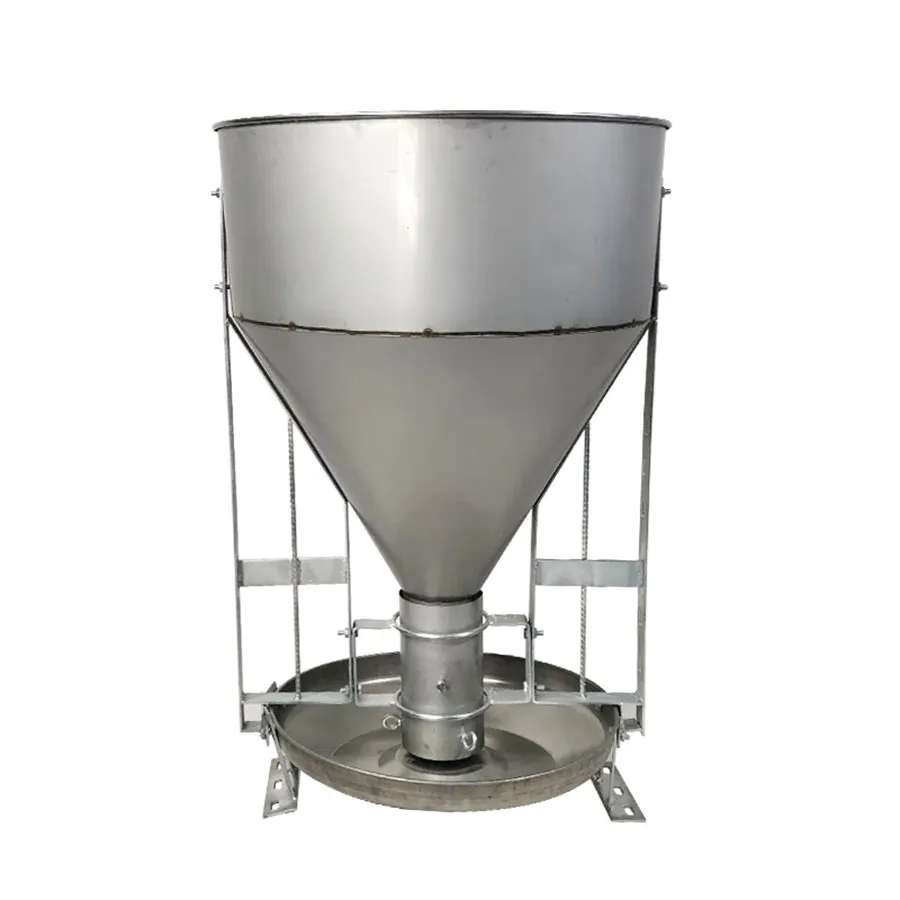
Navigating the Competitive Landscape: Differentiating Wet/Dry Feeder Solutions
The market for wet dry feeders for pigs is characterized by a diverse range of manufacturers, each offering variations in design, materials, and technological integration. For B2B decision-makers, navigating this competitive landscape requires a discerning eye, focusing on key differentiators that translate into long-term value and operational efficiency. While many manufacturers provide basic wet/dry functionality, critical distinctions emerge in areas such as material quality, manufacturing precision, adjustability, ease of cleaning, and the scope of after-sales support. Premium feeders, like the Pig Dry And Wet Feeder In Pig Farming Equipment, distinguish themselves through the consistent use of heavy-gauge AISI 304 or 316L stainless steel for all contact surfaces, ensuring unparalleled durability and resistance to the harsh farm environment. This contrasts with lower-cost alternatives that might use thinner gauges or lower-grade alloys, which are susceptible to premature corrosion and structural failure, leading to higher replacement costs and operational downtime. Furthermore, the precision of feed and water delivery mechanisms is a critical differentiator. Advanced feeders offer granular control over feed flow and water ratio, allowing producers to fine-tune the mix for specific diets, pig ages, and environmental conditions, thus maximizing feed efficiency and minimizing waste. Some systems even integrate sensors for automated monitoring and adjustment, reflecting a trend towards smart farming solutions. Ease of cleaning is another vital consideration; superior designs feature smooth, crevice-free surfaces, rounded corners, and removable components that facilitate rapid and thorough sanitation, crucial for biosecurity and disease prevention. Beyond the physical product, a manufacturer's reputation for innovation, adherence to international quality standards (e.g., ISO, CE certifications), and the breadth of their after-sales service—including technical support, spare parts availability, and warranty terms—are paramount. Many suppliers offer a standard 1-year warranty, but leading providers may extend this to 3-5 years, signaling confidence in their product's longevity. Our company has been serving the livestock industry for over 20 years, establishing a track record of reliability and customer satisfaction, backed by a comprehensive network of technical experts. When evaluating providers, producers should prioritize those with a proven history of innovation and a commitment to continuous product improvement, ensuring their investment remains relevant amidst evolving industry demands. The ability to provide integrated solutions, including professional layout design and installation support, further distinguishes top-tier manufacturers.
Manufacturer Comparison Matrix: Key Differentiators
| Feature/Attribute | Our Product (Pig Dry And Wet Feeder) | Generic Competitor A (Value Focus) | Generic Competitor B (Automation Focus) |
|---|---|---|---|
| Primary Material | Heavy-gauge AISI 304/316L SS | Thinner gauge 201/304 SS | AISI 304 SS, some plastic parts |
| Feed Flow Control | Precise, multi-level adjustment | Basic slide gate | Automated servo-driven, sensor integration |
| Water Nipple Quality | High-flow, anti-drip SS nipple | Standard brass/SS nipple, prone to drips | Integrated durable SS nipple, flow sensors |
| Ease of Cleaning | Smooth surfaces, removable components, rounded corners | Some crevices, fixed parts | Modular design, some electronic components require careful cleaning |
| Expected Service Life | 15+ years | 5-8 years | 10-12 years (electronic parts lifespan may vary) |
| Warranty | 3-5 years (structural) | 1 year | 1-2 years (electronics) |
| Customization Options | High (size, capacity, integration) | Limited (standard sizes only) | Moderate (software integration) |
| Certifications | ISO 9001, CE compliant | Basic factory certification | ISO, specific electronics certifications |
Tailored Feeding Solutions: Customization and Integrated Farm Systems
In an industry as diverse as swine farming, a "one-size-fits-all" approach to feeding equipment is rarely optimal. Leading providers of wet dry feeders for pigs recognize this, offering extensive customization options and seamless integration capabilities to meet the unique operational philosophies and production goals of individual farms. Customization extends beyond mere dimensions; it encompasses variations in feed capacity, the number of feeding spaces, the type of feed pan (e.g., deeper for gruel-like feeds, shallower for drier mixes), and specific water delivery configurations to suit different pig weights, genetics, and dietary requirements. For instance, a farm specializing in high-growth finishing pigs may require larger feeders with robust construction to withstand increased daily usage, while a nucleus breeding farm might prioritize feeders that facilitate individual or small-group feeding, with highly precise feed adjustments to optimize reproductive performance. The choice of material, specifically between AISI 304 and 316L stainless steel, can also be customized based on farm-specific environmental factors, such as the presence of highly corrosive cleaning agents or specific feed additives that might accelerate material degradation. Furthermore, the modern swine farm is increasingly embracing smart agriculture technologies. Our feeders are designed with future integration in mind, allowing for compatibility with automated feed delivery systems, environmental control units, and data analytics platforms. This involves the incorporation of sensors for feed level monitoring, water consumption tracking, and even RFID-based animal identification for precision feeding. Such integration enables real-time data collection on feed intake patterns, water consumption, and growth rates, providing invaluable insights for farm managers to make data-driven decisions, optimize resource allocation, and detect potential health issues early. For instance, deviations in water intake could signal a health problem or an issue with the water supply system. Our technical team works closely with clients through a consultative approach, analyzing their existing infrastructure, herd size, growth targets, and long-term expansion plans to design and implement a feeding system that is precisely tailored to their needs. This involves detailed CAD drawings, simulation modeling for optimal feeder placement, and comprehensive project management from conceptualization to installation. Whether it's retrofitting existing facilities with advanced feeders or designing entirely new farm layouts, our expertise ensures that the feeding solution is not just a product, but a strategic asset that enhances productivity, sustainability, and profitability. The Pig Dry And Wet Feeder In Pig Farming Equipment is available in various configurable models, showcasing our flexibility in providing bespoke solutions that truly align with the diverse needs of modern swine producers.
Proven Performance: Case Studies and Client Success Stories in Swine Operations
The true measure of any agricultural equipment lies in its real-world performance and the tangible benefits it delivers to producers. Our wet dry feeders for pigs have consistently demonstrated their value across a spectrum of swine operations, from medium-sized family farms to large-scale commercial integrators. One illustrative case study involves "Green Acres Pork," a 5,000-sow farrow-to-finish operation in the Midwest. Facing challenges with feed waste and inconsistent growth rates in their grower-finisher barns, they transitioned from traditional dry feeders to our Pig Dry And Wet Feeder. Post-installation, Green Acres Pork reported a remarkable 7.2% improvement in their average feed conversion ratio (FCR) within the first six months, directly translating to an estimated annual feed savings of $150,000. Additionally, they observed a 5% increase in daily gain, leading to pigs reaching market weight approximately 5 days earlier, thereby increasing throughput and reducing overhead costs per pig. The farm manager, Mr. John Peterson, commented, "The consistency in feed delivery and the noticeable reduction in waste have been phenomenal. Our pigs are healthier, and we're seeing a clear return on our investment much faster than anticipated." Another compelling example comes from "Highland Swine Research Farm," a facility focused on genetic improvement and nutritional studies, which deployed our feeders in their nursery and research pens. Their stringent research protocols required precise feed and water delivery, along with easy cleaning to prevent cross-contamination between trials. Highland Swine confirmed that our feeders provided the necessary precision for their studies, contributing to highly reliable data collection. The robust stainless steel construction withstood rigorous cleaning protocols, and the absence of crevices minimized bacterial load, meeting their strict biosecurity standards. Dr. Sarah Chen, lead researcher at Highland Swine, stated, "The feeders have proven to be incredibly reliable and easy to maintain, critical for the integrity of our long-term studies." Beyond these specific examples, numerous clients have consistently highlighted the long-term durability, minimal maintenance requirements, and the positive impact on pig welfare. Farms utilizing our feeders report reduced aggression at feeding times, improved gut health due to consistent access to moist feed, and a significant decrease in water waste, aligning with global sustainability goals. These success stories underscore our product's ability to drive operational excellence, improve animal performance, and contribute to the economic prosperity of swine producers. Our commitment to quality and innovation ensures that our feeders are not just pieces of equipment but integral components of a successful, modern swine farming enterprise, demonstrating tangible ROI through improved FCR, accelerated growth, and enhanced resource efficiency.

Building Trust and Ensuring Reliability: FAQs, Delivery, and Warranty
Establishing and maintaining trust with our B2B clients is paramount, especially when investing in critical farm infrastructure like wet dry feeders for pigs. Our approach encompasses transparent communication regarding product capabilities, delivery logistics, and comprehensive after-sales support. We understand that prospective buyers often have detailed questions, and addressing these proactively builds confidence in our offerings. For instance, a common inquiry revolves around installation: "Are the feeders difficult to install, and what specific farm infrastructure is required?" Our feeders are designed for relatively straightforward installation, often requiring only basic tools and existing water lines. We provide detailed installation manuals and offer remote technical assistance or on-site support for larger projects. Another frequent question pertains to maintenance: "How often do these feeders need cleaning, and what is the recommended cleaning protocol?" Given their hygienic stainless steel construction and smooth surfaces, our feeders are remarkably easy to clean. Daily checks for blockages and weekly high-pressure washes are typically sufficient, with periodic deep cleaning recommended during batch turnovers. "What types of feed can be used?" Our feeders are versatile and can accommodate various feed types, from fine crumbles to pelleted feeds, with adjustable mechanisms to optimize flow for each. The delivery cycle is another critical aspect for farm operations. We maintain a robust supply chain and efficient logistics network to ensure timely delivery. For standard orders, the typical lead time ranges from 2 to 4 weeks from order confirmation, depending on customization requirements and order volume. Expedited shipping options are available for urgent needs. Each product is meticulously packaged in robust, custom-fit wooden crates or palletized container111s to prevent any damage during transit, ensuring the equipment arrives in pristine condition, ready for immediate deployment. Our quality assurance extends beyond manufacturing; it is embedded in our comprehensive warranty policy. The Pig Dry And Wet Feeder In Pig Farming Equipment comes with a structural warranty of 3 to 5 years against manufacturing defects and material failures, significantly exceeding industry standards. This warranty underscores our confidence in the durability and longevity of our products. In addition, our dedicated customer support team is available via phone, email, and online portal to address any technical queries, provide troubleshooting assistance, or facilitate spare parts orders promptly. We understand that downtime on a farm translates directly to economic losses, which is why our service commitment is geared towards swift and effective resolution of any issues. Our extensive service history, spanning over two decades in the livestock equipment sector, provides tangible proof of our reliability and commitment to long-term client partnerships.
Frequently Asked Questions (FAQs)
-
Q: What is the ideal pig-to-feeder ratio for your wet/dry feeders?
A: The optimal ratio varies by pig age and feeder model. Generally, we recommend 10-15 pigs per feeding space for nursery/grower, and 5-8 pigs per feeding space for finishers to ensure ample access and minimize competition. -
Q: Can these feeders be integrated with existing automated feed delivery systems?
A: Yes, our feeders are designed for seamless integration with most common automated feed delivery systems, including auger and chain disc conveyors. We can provide specific interface details upon request. -
Q: How do your feeders contribute to feed efficiency and reduced waste?
A: By providing a precise wet/dry mix, our feeders enhance palatability, leading to higher intake and improved digestion (better FCR). The anti-spill design and adjustable feed flow minimize feed loss, significantly reducing overall waste. -
Q: What is the expected return on investment (ROI) for adopting these feeders?
A: ROI varies based on farm size and existing infrastructure, but clients typically see payback periods of 1-3 years due to substantial savings from improved FCR, reduced feed waste, lower water consumption, and reduced labor costs. -
Q: Do you offer custom sizing or specialized designs for unique farm layouts?
A: Absolutely. We specialize in providing customized solutions. Our engineering team works closely with clients to design feeders that perfectly fit their barn dimensions, pig flow, and specific operational requirements.
The Future of Swine Feeding: Innovation and Sustainability
The trajectory of swine production is irrevocably tied to advancements in precision agriculture and sustainable practices. As global populations grow and demand for high-quality protein increases, the efficiency and environmental footprint of livestock farming will face intensified scrutiny. Wet dry feeders for pigs are not merely a current solution but a foundational technology enabling the next generation of smart pig farming. The future of these systems lies in deeper integration with Artificial Intelligence (AI) and the Internet of Things (IoT), moving beyond simple automation to predictive analytics and autonomous operation. Imagine feeders that, through integrated vision systems and AI algorithms, can recognize individual pigs, assess their body condition score, and automatically adjust feed delivery and water ratios based on real-time growth patterns and health indicators. This level of hyper-precision feeding will further optimize nutrient utilization, minimize environmental waste, and enhance animal welfare by tailoring diets to the specific needs of each animal. Furthermore, research is ongoing into novel materials and coatings that could enhance hygiene and reduce biofilm formation, making cleaning even more efficient and reducing the reliance on harsh chemicals. Energy efficiency in feeder operation, through optimized motor controls for feed delivery and low-pressure water systems, will also become a more prominent design consideration, contributing to overall farm sustainability. The emphasis on resource conservation will drive innovation in feed conversion ratios to unprecedented levels, potentially transforming current feed formulations and management protocols. Beyond individual feeders, the holistic integration of feeding systems with smart farrowing equipment, environmental controls, and waste management systems will create truly interconnected and self-optimizing farm ecosystems. This convergence of technologies promises not only superior animal performance but also a more resilient and environmentally responsible pork production industry. Our commitment to research and development ensures we remain at the forefront of these innovations, continuously refining our Pig Dry And Wet Feeder In Pig Farming Equipment to meet the evolving demands of a modern, sustainable swine industry. We actively engage with industry forums, collaborate with leading agricultural research institutions, and listen intently to the feedback from our global client base to anticipate future needs and deliver cutting-edge solutions that redefine efficiency and profitability in pig farming.
Authoritative References and Industry Insights
- [1] Journal of Animal Science: "Impact of Wet-Dry Feeding Systems on Growth Performance and Feed Efficiency in Growing-Finishing Pigs." This peer-reviewed article provides scientific evidence on the improved feed conversion ratios and daily gain observed with wet/dry feeders compared to dry feeding. https://academic.oup.com/jas/article/90/10/3475/4629737
- [2] Pig Progress Magazine: "Innovations in Swine Feeding: Towards Precision Nutrition and Automated Systems." An industry publication discussing trends in smart farming, including the integration of IoT sensors and AI in modern feeding equipment. https://www.pigprogress.net/special-publications/pig-progress-special-issue-pork-meat-trends-2023-future-trends-in-swine-nutrition.html
- [3] EuroTier Technical Report: "Sustainability and Resource Efficiency in Modern Pig Production." A report highlighting best practices and technological advancements aimed at reducing environmental impact, including efficient water and feed management. https://www.eurotier.com/en/themes/pigs
- [4] Pork Checkoff (National Pork Board): "Water Quality and Management for Swine." Guidelines and research on optimal water intake and delivery systems for pigs, underscoring the importance of integrated wet/dry feeders. https://porkcheckoff.org/news/water-quality-and-management-for-swine/
- [5] Swine Production & Management Forum: "Biosecurity and Facility Design in Commercial Swine Units." Discussions on the role of equipment design, particularly feeder hygiene, in preventing disease transmission and maintaining herd health. https://www.nationalhogfarmer.com/news/swine-production-management
Post time: Aug . 10, 2025
